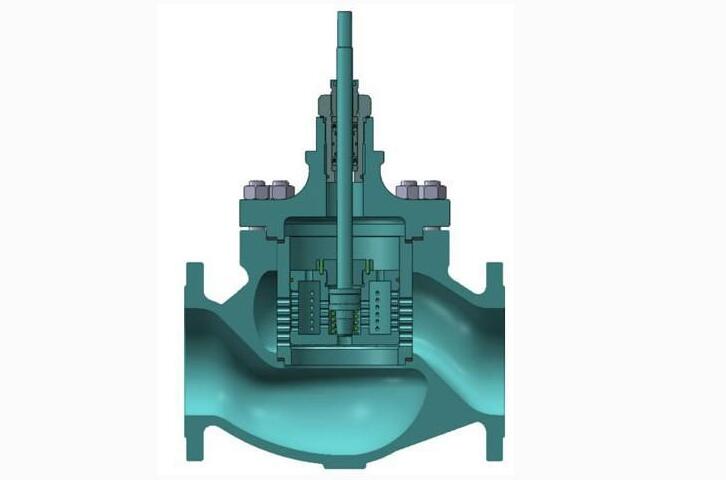Control valve actuator is the control signal is converted into the corresponding action to control the position of the valve closure or other regulatory agencies. Regulating valve signal or driving force can be pneumatic, electric, hydraulic or any combination of the three.
Valve is the regulating part of the valve, it is in direct contact with the media, under the impetus of the actuator to change the flow between the spool and the valve seat area, so as to achieve the purpose of regulating the flow.
Compressed air as the power source of the regulating valve is called the pneumatic control valve; the power of the power supply of the control valve is an electric control valve. These two are the most used regulating valve. In addition, there are hydraulic control valve, smart valve, regulating valve, etc..
The valve (regulating mechanism) is composed of a valve body, an upper valve cover assembly, a lower valve cover and a valve inner part. The upper valve cover assembly comprises an upper valve cover and a stuffing box. Valve parts is refers to is in contact with the fluid and removable, to change the throttle area and the closure member oriented parts in general, such as a valve core, a valve seat, a valve rod, a sleeve, a guide sleeve and can call valve parts.
Regulating valve of many types of products, a variety of structure, but also constantly updated and changes. Generally speaking, the valve is universal. Both can be used to match the motivation of the executive body, can also be used with the electric actuator or other executive body matching.


